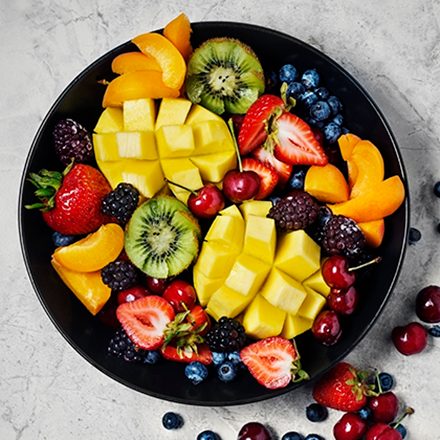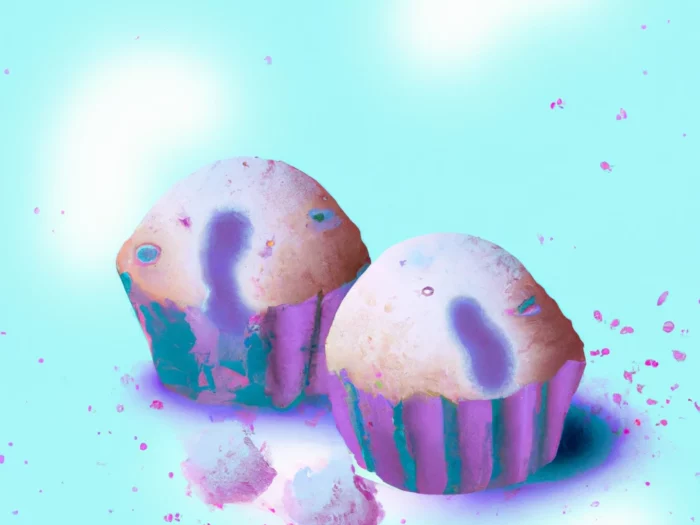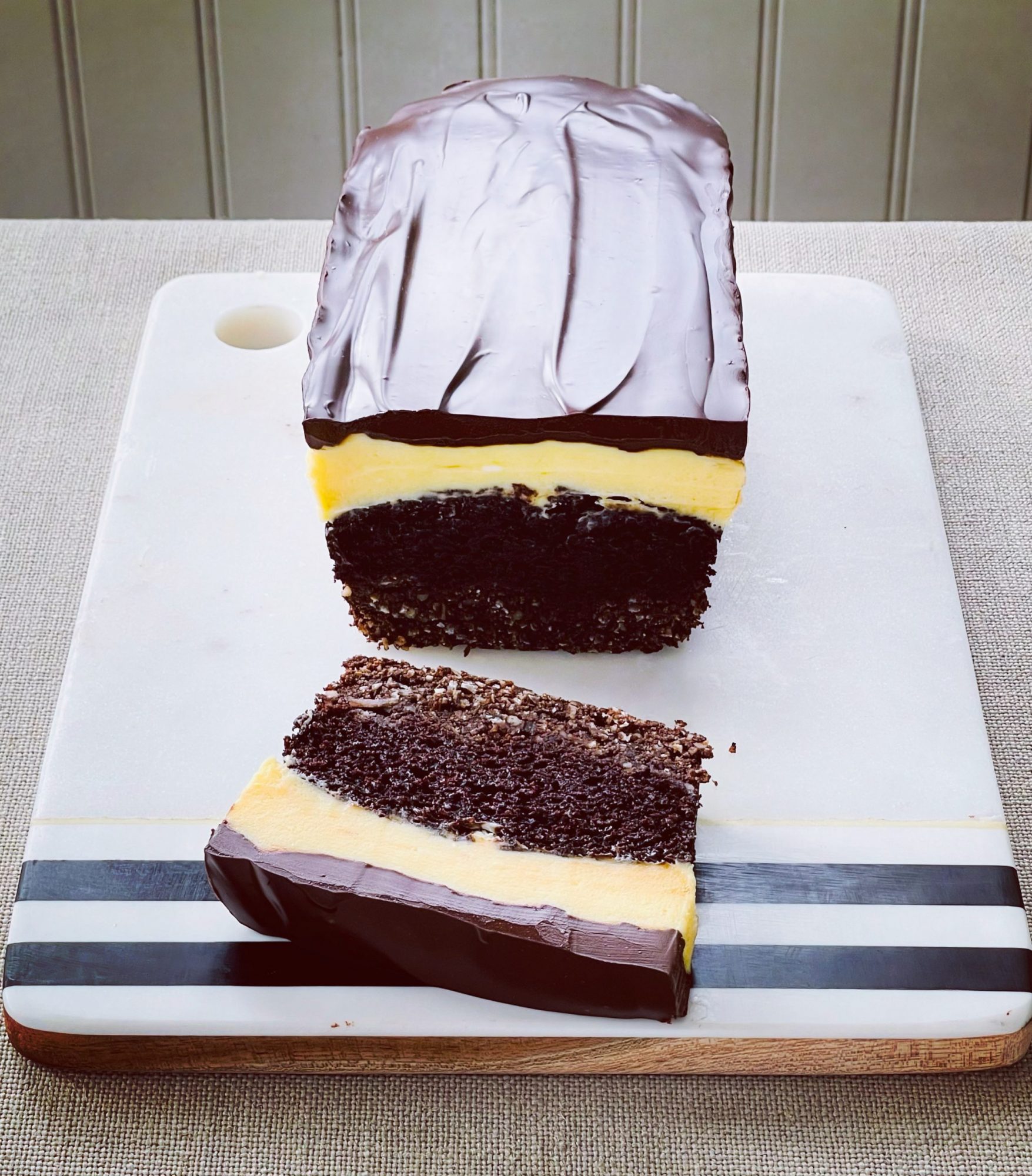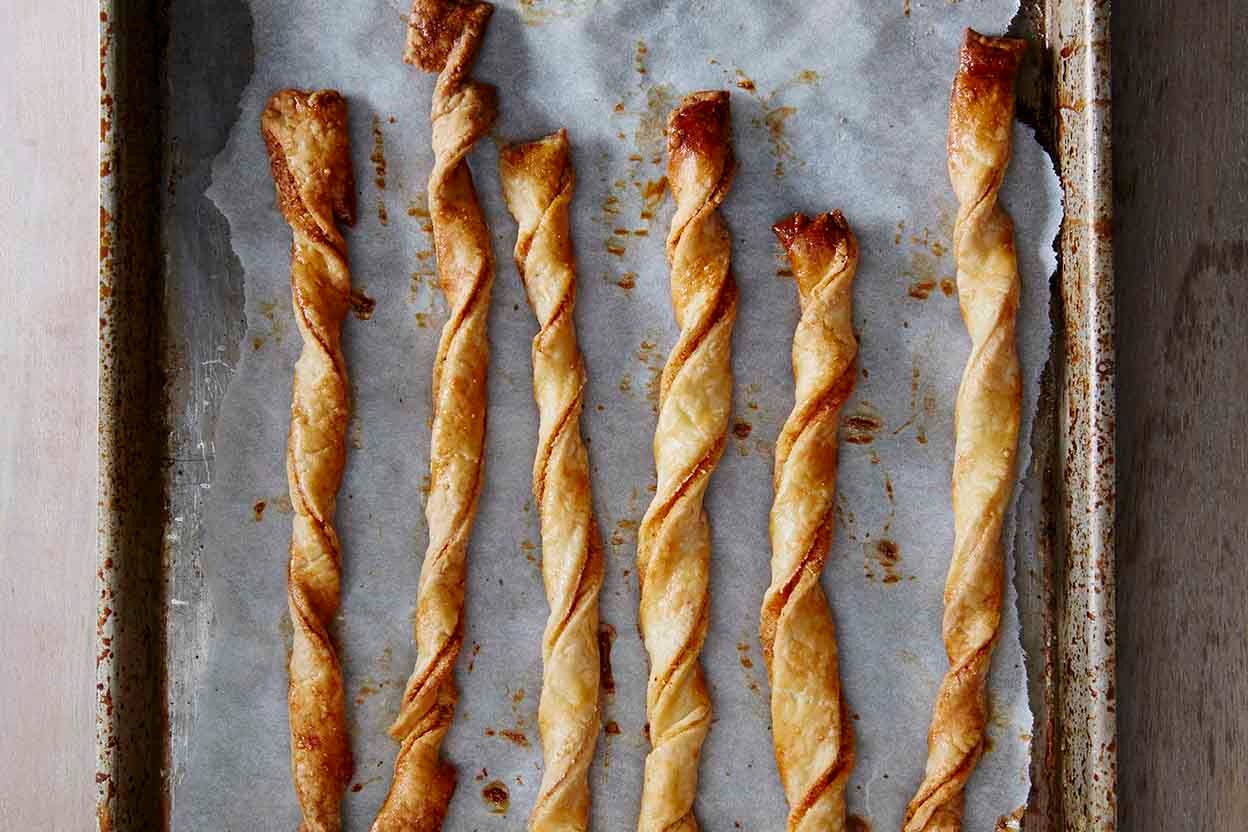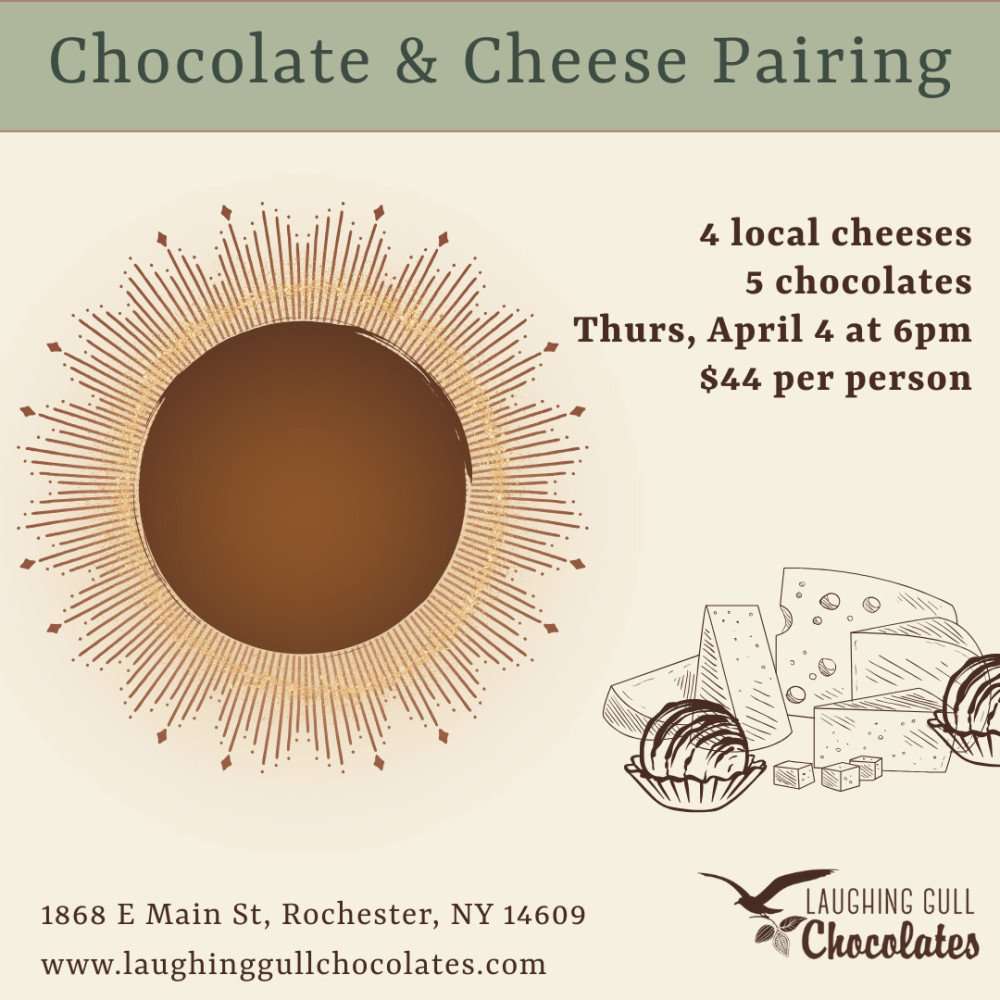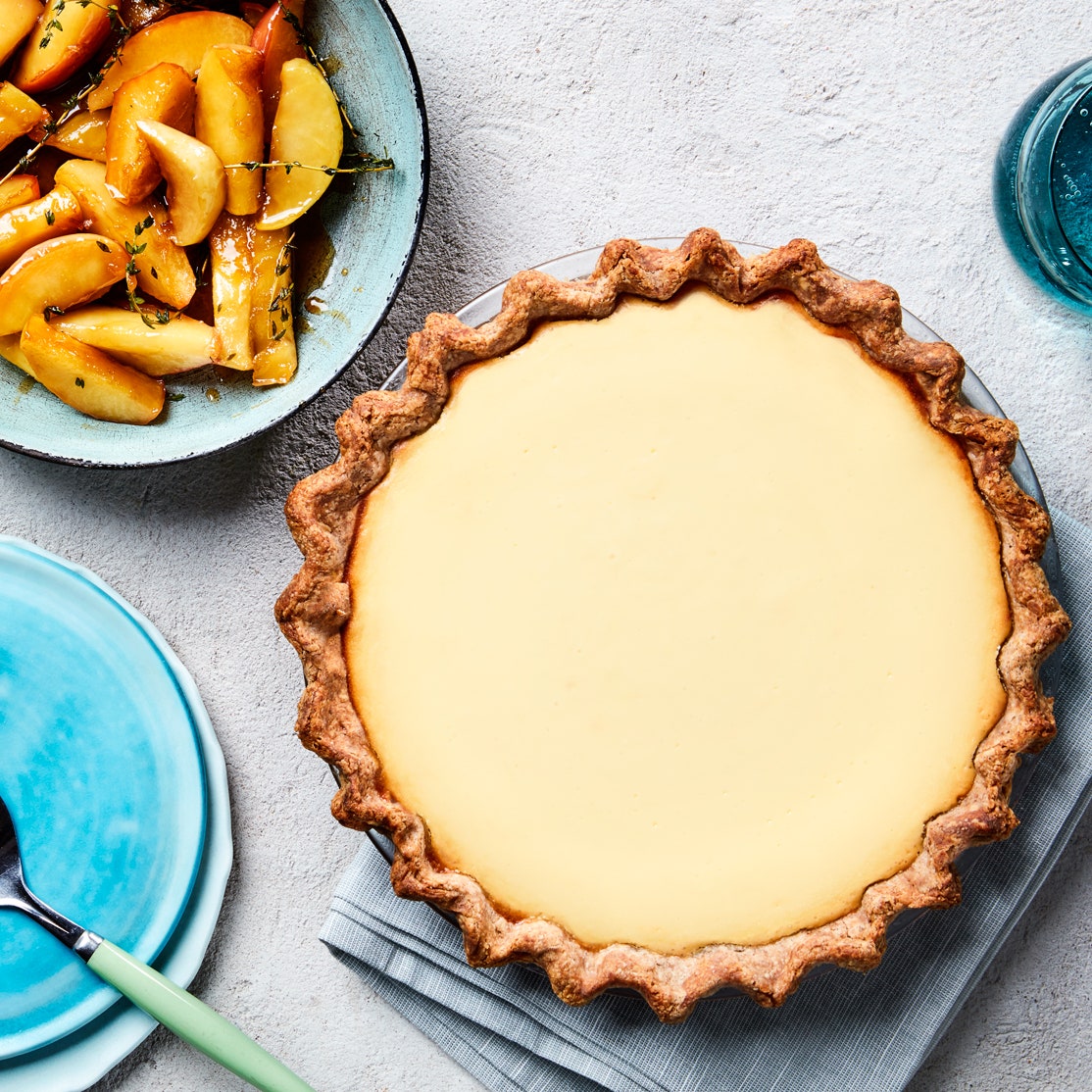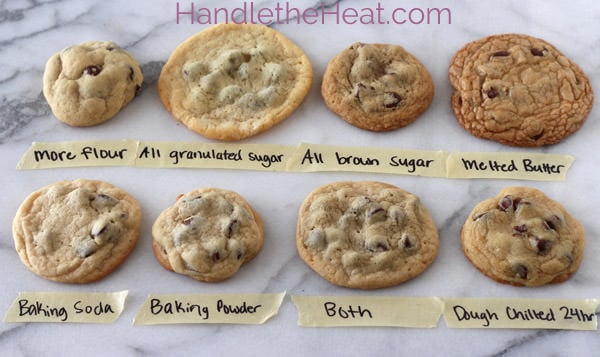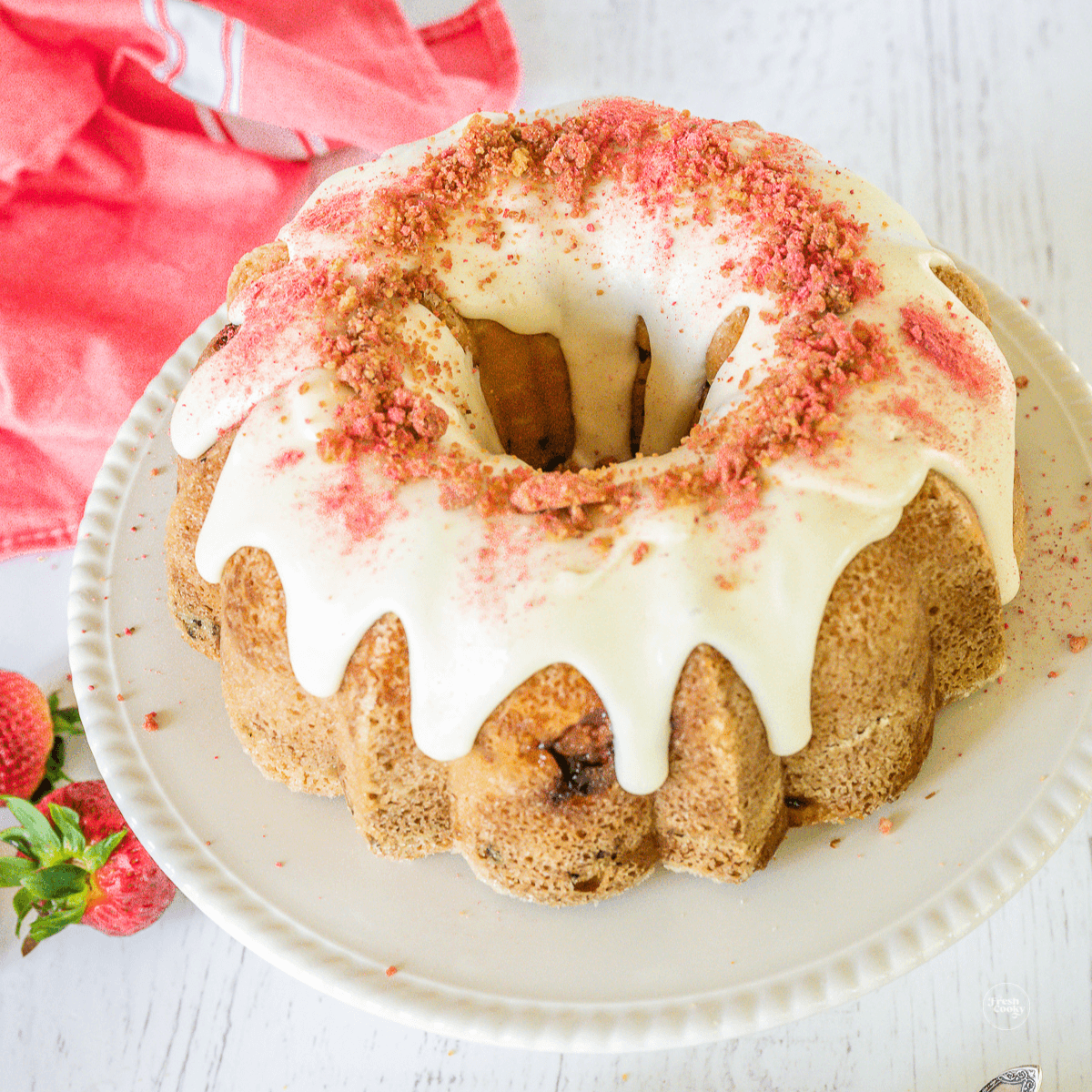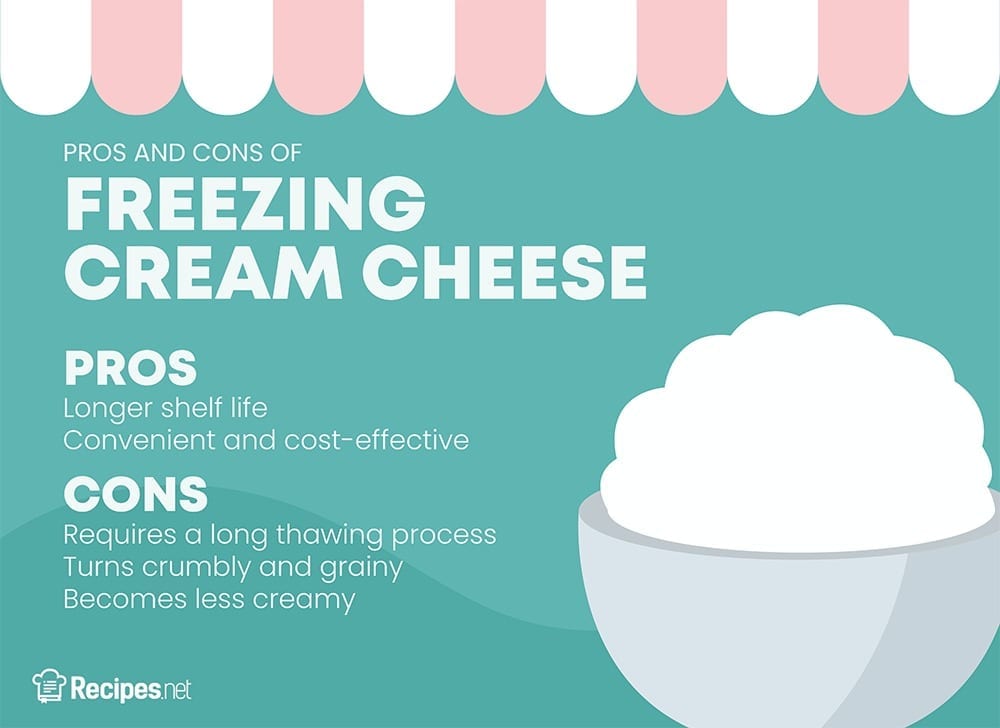The Sweetest Fruits: Discover the Tastiest and Healthiest
– The blog post explores the 15 sweetest fruit around the world.
– Mangoes are a tropical fruit that are beloved for their sweet and fleshy texture.
– According to the Guinness Book of Records, the Carabao mango (Philippine mango) is recognized as the sweetest mango.
– Mangoes are versatile and used in a variety of culinary applications.
– Pineapples have a unique sweet and tart flavor and contain beneficial nutrients.
– Pineapples are enjoyed fresh, in salads, and even as a pizza topping.
– Dates are nutritious and tasty.
– Dates are fruits that grow on palm trees and have a sweet, caramel-like flavor.
– Dates contain fiber, vitamins, and minerals that support digestive health, improve energy levels, and reduce inflammation.
– Dates can be eaten fresh, dried, or made into a puree for use in recipes.
– Papayas are tropical fruits known for their juicy, sweet flavor that is a combination of peaches and pineapples.
– Ripe papayas can be eaten fresh, used in salads and smoothies, or cooked to add natural sweetness.
– Apples are a popular and versatile fruit with a naturally sweet and crisp flavor.
– Red Delicious, Gala, Honeycrisp, and Golden Delicious varieties are the sweetest apples.
– Apples contain fiber, vitamins, and antioxidants, making them a nutritious addition to any diet.
– Oranges are popular fruits known for their sweet taste and juicy texture.
– The sweetness of oranges can vary depending on variety and ripeness.
– Oranges are sought after for their naturally high sugar content and provide an energy boost.
– Oranges are also nutritious.
– Oranges are rich in Vitamin C, fiber, and other essential nutrients
– Versatile fruit that can be eaten as a snack, used in cooking or baking, or extracted for juice
– Desirable fruit worldwide
– Peaches have a delicate flavor and juicy, tender flesh
– Highly sweet and packed with vitamin C
– Can be enjoyed on their own, used in baking or cooking, or blended in smoothies
– Versatile fruit that is always a treat for taste buds
– Litchis are small round fruits with a sweet and juicy flesh
– Described as a combination of grapes, strawberries, and pineapples
– Provide many vitamins, antioxidants, and fiber
– Used in Asian cuisines for their syrup and juice
– Can be eaten fresh, canned or dried
– Well-loved worldwide for their distinct sweetness and taste
– Passion fruit is a tropical fruit with a sweet yet tart flavor
– Typically oval or round in shape, with tough and weathered skin
– Inside flesh is jelly-like and filled with edible seeds
– Popular for desserts and drinks
– Growing regions in tropical and subtropical places
– Extremely sugary content makes it a go-to treat for sweetness
– Grapes come in a variety of colors, such as red, green, and black
– Diverse flavor profile ranging from slightly tart to very sweet
– Can be eaten raw as a snack or used in recipes like desserts and jams
– Main ingredient for making wine
– Provide nutritional benefits such as vitamins C and K, and potassium
– Enjoyed all over the world, adds flavor to meals or desserts while being nutritious
– Cherries are a popular fruit that come in various varieties and have a low glycemic index, making them suitable for people managing their sugar intake.
– Bananas are loved worldwide for their natural sweetness and can be used in a variety of dishes. They are also rich in essential vitamins and minerals.
– Watermelon is a refreshing fruit with high water content and low calories, making it ideal for a healthy diet.
– Figs have a delicious flavor, soft texture, and provide dietary fiber and vitamins.
– Cantaloupe is a sweet and juicy fruit enjoyed globally. The article discusses the sweet and nutritious qualities of cantaloupe. Cantaloupe has an orange-yellow flesh and is known for its sweet and slightly musky flavor. It is also rich in vitamins A and C. Cantaloupe can be paired with cottage cheese and salt for a balanced combination of flavors. It can also be added to salads or smoothies for an extra burst of sweetness without added sugar.
– The sweetest fruit in the world is the Carabao mango, which contains the highest amount of fructose.
– The top 10-15 sweetest fruits in the world are litchis (lychees), passion-fruit (granadilla), pomegranate, mangos, cherries, bananas, oranges, kiwi, grapes, guava, pears, apples, peaches, papaya, and nectarines.
– Pineapple is not on the list of sweet fruits, despite being considered sweet by some. Dried fruits have a high amount of sugar but are not included in this discussion.
– The sweetest berry fruit is black raspberry, followed closely by blackberry. Super ripe raspberries can also be very sweet.
– The most delicious fruit depends on personal taste, but according to a recent poll, the winners are mango, avocado (technically a fruit), watermelon, pineapple, jackfruit, strawberries, pomegranate, blueberries, orange, and apple.
